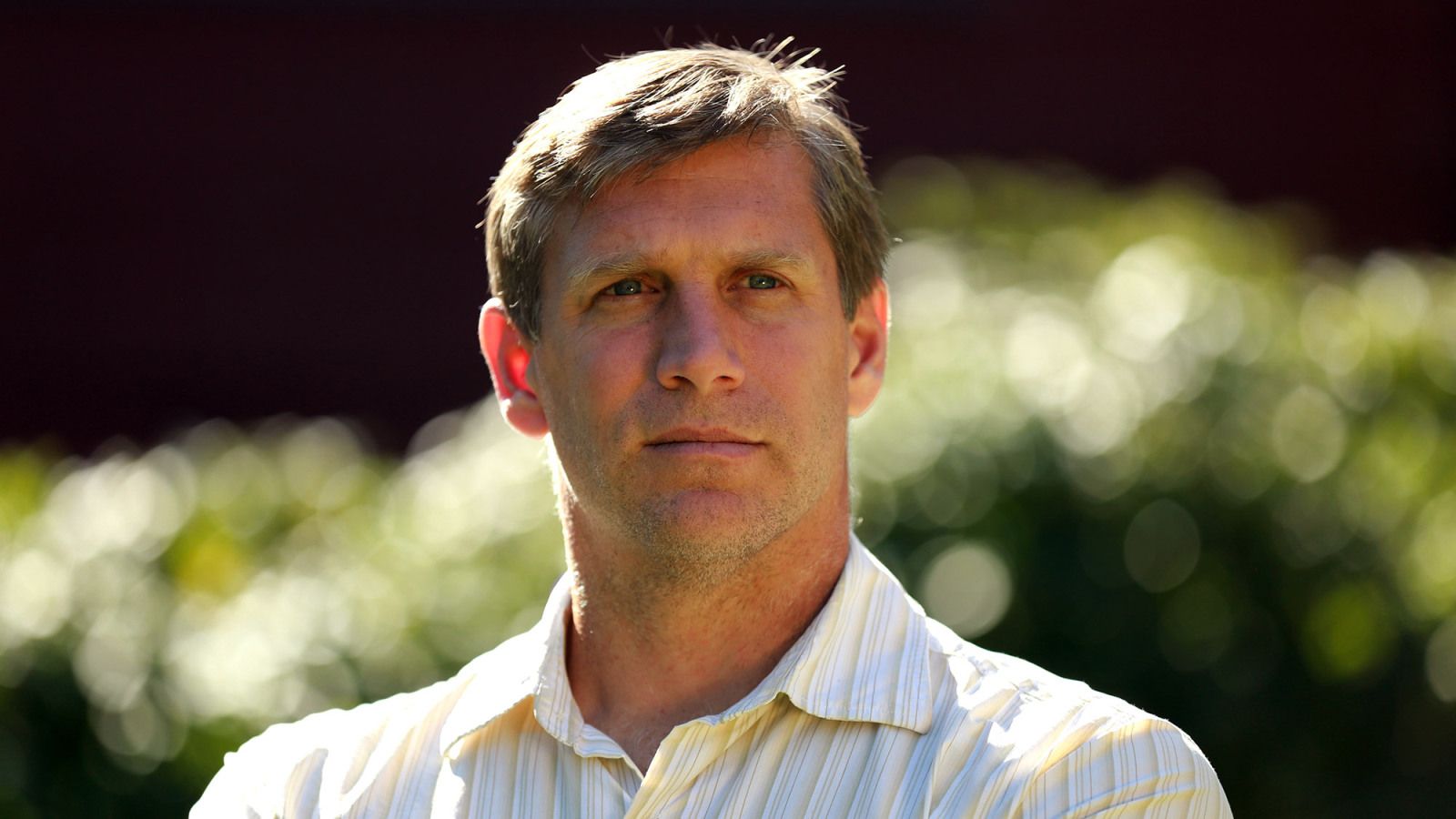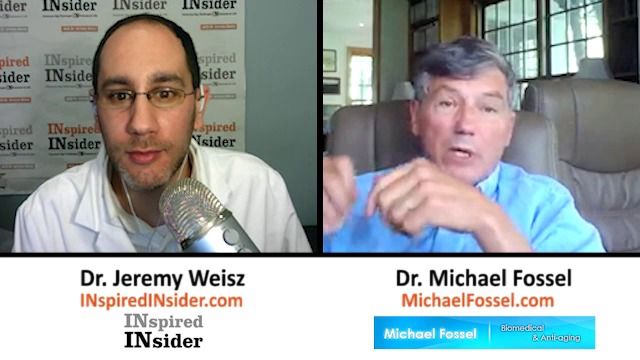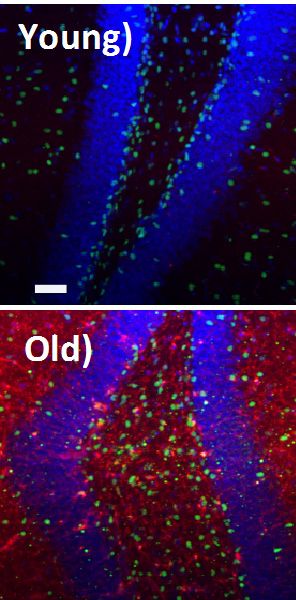One of the biggest existential challenges that transhumanists face is that most people don’t believe a word we’re saying, however entertaining they may find us. They think we’re fantasists when in fact we’re talking about a future just over the horizon. Suppose they’re wrong and we are right. What follows? Admittedly, we won’t know this until we inhabit that space ‘just over the horizon’. Nevertheless, it’s not too early to discuss how these naysayers will be regarded, perhaps as a guide to how they should be dealt with now.
So let’s be clear about who these naysayers are. They hold the following views:
1) They believe that they will live no more than 100 years and quite possibly much less.
2) They believe that this limited longevity is not only natural but also desirable, both for themselves and everyone else.
3) They believe that the bigger the change, the more likely the resulting harms will outweigh the benefits.
Now suppose they’re wrong on all three counts. How are we to think about such beings who think this way? Aren’t they the living dead? Indeed. These are people who live in the space of their largely self-imposed limitations, which function as a self-fulfilling prophecy. They are programmed for destruction – not genetically but intellectually. Someone of a more dramatic turn of mind would say that they are suicide bombers trying to manufacture a climate of terror in humanity’s existential horizons. They roam the Earth as death-waiting-to-happen. This much is clear: If you’re a transhumanist, ordinary people are zombies.
Zombies are normally seen as either externally revived corpses or bodies in a state between life and death – what Catholics call ‘purgatory’. In both cases, they remain on Earth beyond their will. So how does one deal with zombies, especially when they are the majority of the population? There are three general options:
1) You kill them, once and for all.
2) You avoid them.
3) You enable them to be fully alive.
The decision here is not as straightforward as it might seem because the prima facie easiest option (2) requires that there are no resource implications. But of course, zombies require living humans (i.e. potential transhumans) in order to exist in the manner they do, which in turn makes the zombies dangerous; hence (1) has always proved such an attractive option for dealing with zombies. After all, it is difficult to dedicate the resources needed to secure the transhumanist goal of indefinite longevity, if there are zombies trying to anchor your existential horizons in the present to make their own lives as easy as possible.
This kind of problem normally arises in the context of ecological sustainability as ‘care for future generations’: Our greedy habits of mass consumption blind us to the long-term damage it does to the environment. However, the relevant sense of ‘care’ in the transhumanist case relates to sustaining the investment base needed to reach a state of indefinite longevity. It may require diverting public resources from seemingly more pressing needs, such as having a strong national defence — as the US Transhumanist Party presidential candidate Zoltan Istvan thinks. It is certainly true that if people routinely lived indefinitely, then the existential character of ‘the horror of war’ would be considerably reduced, which may in turn decrease both the likelihood and cost of war. Well, maybe…
So what about option (3), which is probably the one that most of us would find most palatable, at least in principle?
Here there is a serious public relations problem, one not so different from development aid workers trying to persuade ‘underdeveloped’ peoples that their lives would be appreciably improved by allowing their societies to be radically re-structured so as to double their life expectancy from 40 to 80. While such societies are by no means perfect and may require significant change to deliver what they promise their members, nevertheless the doubling of life expectancy would mean a radical shift in the rhythm of their individual and collective life cycles – which could prove quite threatening to their sense of identity.
Of course, the existential costs suggested here may be overstated, especially in a world where even poor people have decent access to more global trends. Nevertheless the chequered history of development aid since the formal end of Imperialism suggests that there is little political will – at least on the part of Western nations — to invest the human and financial capital needed to persuade people in developing countries that greater longevity is in their own long-term interest, and not simply a pretext to have them work longer for someone else.
The lesson for us lies in the question: How can we persuade people that extending their lives is qualitatively different from simply extending their zombiehood?






